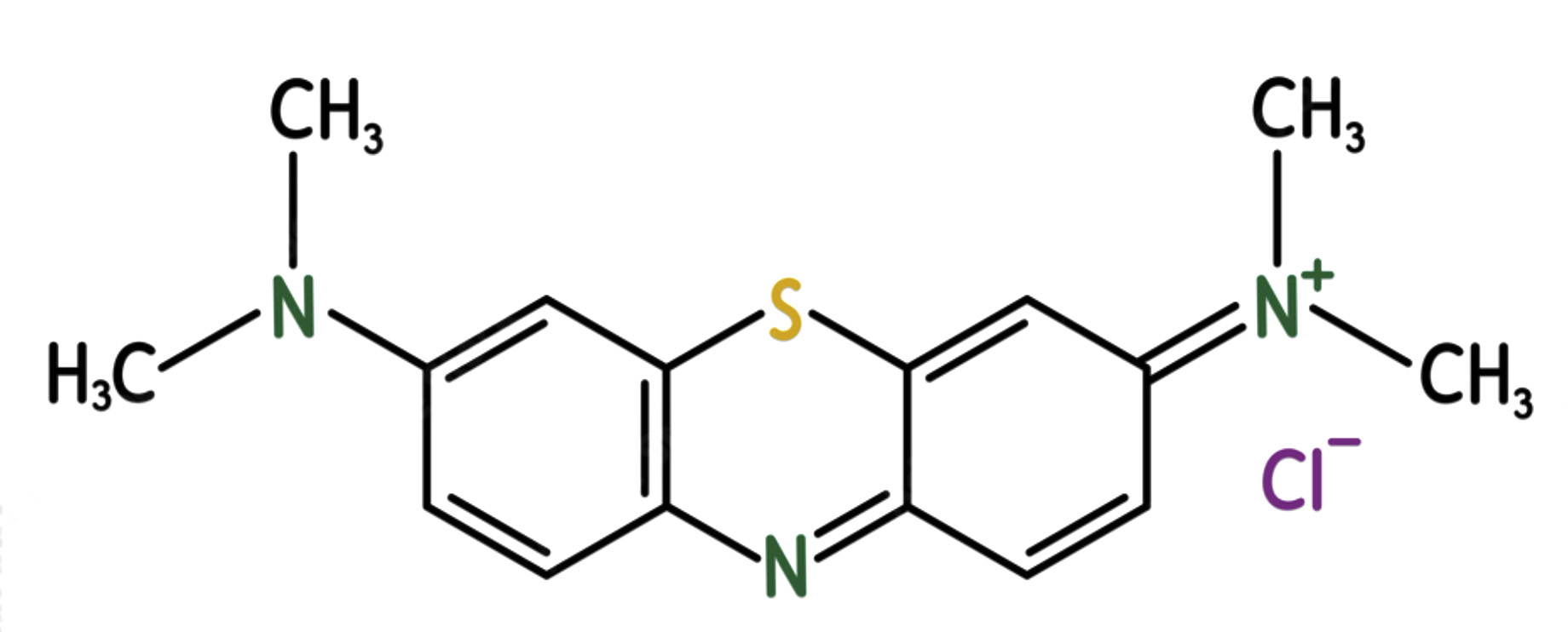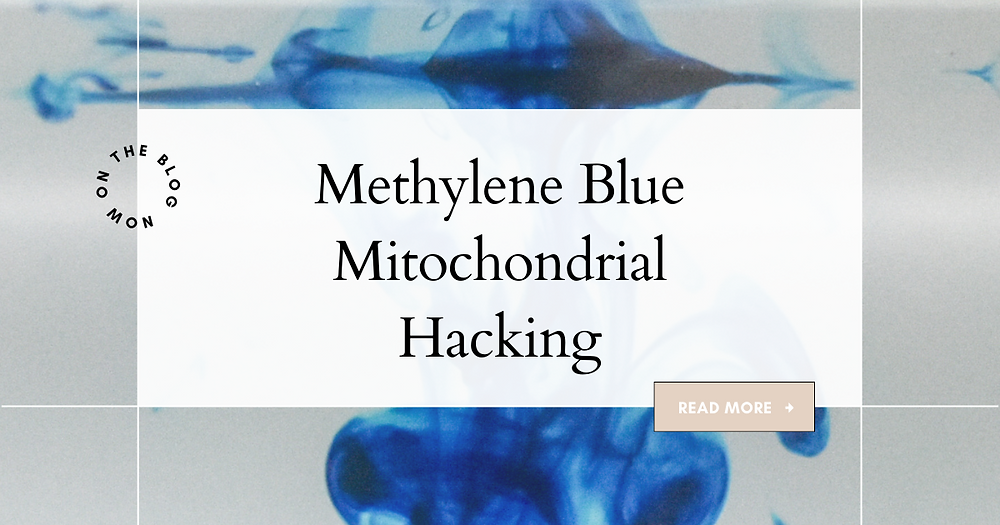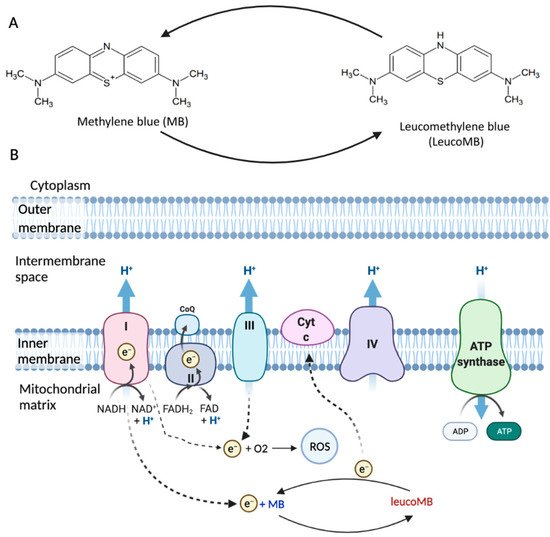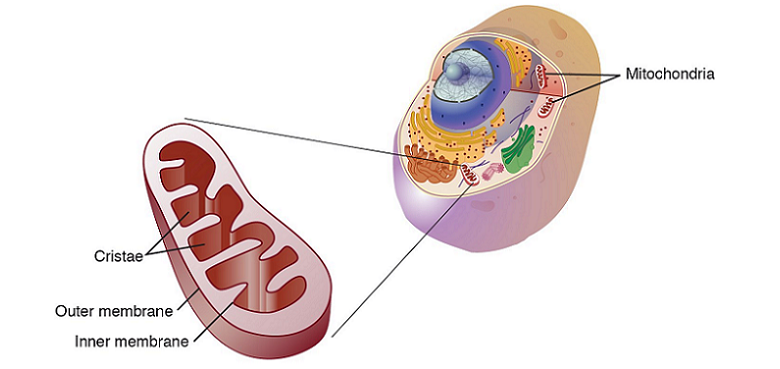How Does Methylene Blue Support Mitochondrial Function
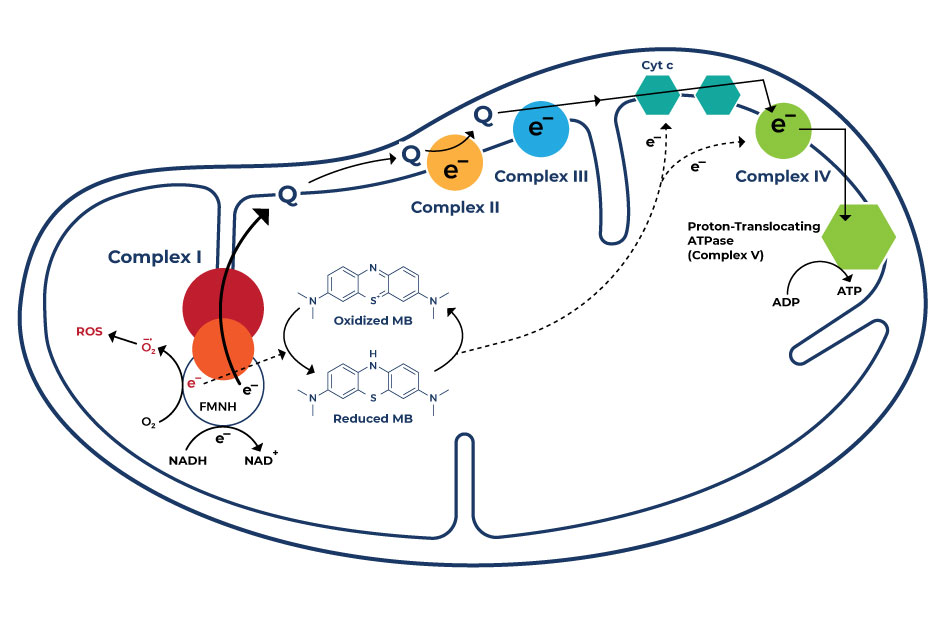
In the realm of cellular health and longevity research, methylene blue, a compound historically known for its use as a dye and antimalarial drug, is garnering increasing attention. Scientists are exploring its potential role in supporting mitochondrial function, the powerhouse of the cell. This research could lead to novel therapeutic strategies for age-related diseases and conditions involving mitochondrial dysfunction.
At the heart of this emerging field is the understanding that healthy mitochondria are critical for overall health. Mitochondrial dysfunction is implicated in a wide range of conditions, including neurodegenerative diseases like Alzheimer's and Parkinson's, as well as cardiovascular disease, diabetes, and even cancer. The ability to enhance mitochondrial function, therefore, represents a significant target for improving human health.
What is Methylene Blue?
Methylene blue (MB) is a synthetic dye that was first synthesized in 1876. It has a long history of use in medicine, initially as a treatment for malaria. It's also been used to treat methemoglobinemia, a condition where the blood carries an abnormal amount of oxygen, and as a diagnostic tool.
The interest in methylene blue's potential benefits for mitochondrial function stems from its ability to act as an electron cycler. This means it can accept and donate electrons, effectively bypassing certain steps in the electron transport chain, a crucial process within mitochondria that generates energy (ATP).
How Methylene Blue Supports Mitochondrial Function
The primary mechanism by which methylene blue is believed to support mitochondrial function is through the enhancement of electron transport chain activity. By acting as an alternative electron carrier, it can help to maintain electron flow even when certain components of the chain are impaired. This can lead to increased ATP production, the cell's primary energy currency.
Furthermore, research suggests that methylene blue may have antioxidant properties. Mitochondria are a major source of reactive oxygen species (ROS), which can damage cellular components. Some studies indicate that MB can help to reduce ROS production, protecting mitochondria from oxidative stress.
Recent research, published in journals like Aging Cell and Free Radical Biology and Medicine, demonstrates improved cognitive function and memory in animal models treated with methylene blue. These findings are attributed to enhanced mitochondrial respiration and reduced oxidative stress in brain cells.
Clinical Trials and Human Studies
While preclinical research is promising, human clinical trials are essential to determine the safety and efficacy of methylene blue for improving mitochondrial function and treating related diseases. Several clinical trials are currently underway or have been completed.
One notable study published in PLOS ONE investigated the effects of methylene blue on cognitive performance in healthy adults. The results showed that MB could improve short-term memory and attention. However, more extensive research is needed to confirm these findings and determine the optimal dosage and long-term effects.
It's important to note that the use of methylene blue is not without potential side effects. High doses can cause nausea, vomiting, and abdominal pain. It can also interact with certain medications, such as antidepressants. Therefore, it is crucial to consult with a healthcare professional before using methylene blue as a supplement or treatment.
Potential Impact and Future Directions
The potential impact of methylene blue on human health is significant. If further research confirms its efficacy in supporting mitochondrial function, it could offer new therapeutic options for a wide range of age-related and metabolic diseases. This includes conditions for which there are currently limited treatment options.
Future research will likely focus on several key areas. One is to identify the optimal dosage and delivery methods for methylene blue. Another is to investigate its effects on specific mitochondrial diseases and to understand how it interacts with other therapies. Furthermore, long-term studies are needed to assess the safety and efficacy of MB over extended periods.
The ongoing research into methylene blue underscores the importance of mitochondrial health in overall well-being. While it's not a magic bullet, MB represents a promising avenue for supporting mitochondrial function and potentially improving human healthspan. Further research and clinical trials will provide a clearer picture of its potential benefits and risks.
Ethical Considerations
As with any emerging therapeutic, it is important to address the ethical considerations surrounding the use of methylene blue. This includes ensuring that it is used responsibly and that patients are fully informed about the potential benefits and risks. It also includes addressing the potential for misuse or overuse.
The scientific community must remain vigilant in its research and communication of findings related to methylene blue. This will help to ensure that it is used safely and effectively and that its potential benefits are realized.

